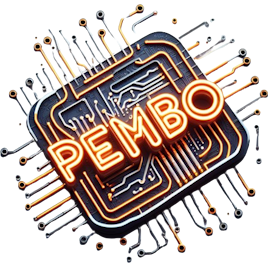NSLU2 CVS & CVSWeb
Next was the installation of CVS to control all my development sources. The CVS installation was a straight forward ipkg installation, then once I’d figured how to create the repository, it was all done.
The biggest difficulty was getting eclipse to communicate with CVS on the NSLU2, due to the fact that I’d used public/private key certificates to log onto the box through SSH. I used puttgen to create the keys, but didn’t realise there was different formats of private key files. Eclipse wanted the openSSH format. Good job then that puttygen allows you to save the key in that format!
Next, I instaleld CVSWEB into the lighttp webserver. This was a perl application, so I needed to ensure I had all the relevent perl packages installed, plus I needed to download a few other libraries from CPAN (http://www.cpan.org/)
Once I’d configured Lighttp to work with both perl and PHP (which was a bit of a challenge) then CVSWEB worked fine. Even better, as I’d now compiled ENSCRIPT (see earlier post), CVSWeb uses ENSCRIPT to colour code the source when you view or diff it!


